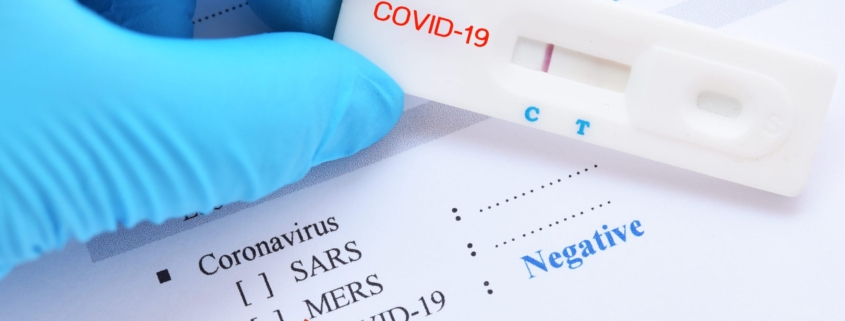Read Latest Guidance (PDF): 16/10/20
Background
The UK is still currently experiencing a public health emergency as a result of the covid-19 pandemic. The second wave of covid-19 is now spreading across Europe, with the UK also being severely affected. In response to this worsening situation, the Government (UK) announced a new three tier system of covid-19 alert for local use as from 12th October 2020:
Level 1- medium Level 2 – high Level 3 –very high
PLEASE REMAIN AWARE OF YOUR LOCAL ALERT LEVEL AND WHAT IT MEANS IN PRACTICE.
Covid-19 affects the BAME community (that includes Sikhs) with more ferocity and about twice the death rate. So, we are at a higher risk than average and need to be extra careful.
Introduction
This guidance should be read with previous guidance issued by the Sikh Council UK, which can be found on our website. General hygiene and safety advice remains the same as in previous guidance. Government guidance has been re-issued with updates on 15th October 2020.[1]
As usual, Sikh Council UK has developed this updated guidance to provide clarity and relevance for Gurdwara Management Committees.
Guiding principles
- We remain in the midst of a serious, worsening pandemic which is likely to continue until atleast spring 2021. Please take this into account in your planning.
- Every Gurdwara should have an adequate risk assessment and system in place to minimize the risk of spreading the virus.
- We recommend a COVID-19 Lead or Team to be appointed by each Gurdwara Management Committee that ensures compliance to rules is met.
- Please consider any local restrictions that are in place, as these are in addition to national guidance.
Day-to-Day Running of Gurdwaras
In addition to basic preventative measures that are applicable to ALL settings (and listed in our earlier guidance) please take special care of the following:
- For Gurdwaras with multiple halls and multiple programmes, please be aware of the impact of one programme on another.
- Try to minimise cross interference and cross gatherings within the gurdwara.
- Note pinch points in your daily programme and key locations inside the Gurdwara (such as langar hall, foyer, stairs and jora ghar etc).
Anand Karaj
The updated official Government Guidance now applies to “weddings that do not take place in accordance with such law, whether religious, belief based, blessings, or other or other forms of non-statutory ceremony”[2] . This was not previously the case, this means:
This means, by law, no more than 15 people can attend an Anand Karaj, even in Gurdwaras with larger spaces. This includes the couple.
Anyone working is not included as part of the limit on those attending, this would include Kirtanis, Granthis, other Gurdwara Staff, Management and photographers.
If Gurdwara management committee have any concerns with these numbers, we suggest they contact their local authority.
We would also encourage that families booking Anand Karaj are instructed to exclude invitations to guests from local lockdown areas. If you are from a ‘High’ (tier 2) or ‘Very High’ (tier 3) local COVID Alert level additional restrictions will apply to many activities including travel restrictions.
Funerals
Please refer to previous SCUK funeral guidance. There are no changes in numbers. Funerals must have no more than 30 people attending. Anyone working is not included as part of the 30-person limit.
Numbers attending Gurdwara and sitting in Diwan
Gurdwaras can be attended by more than 30 people. Gurdwaras are exempt from the limit of 6, however people must not mingle or gather in a group of more than 6 within the Gurdwara (other than with those they live with or have formed a support bubble with).
Kirtan
Government guidance states that: ‘Small groups of singers, including choirs, can perform in front of worshippers. Singing should be limited to a small set group of people’
Therefore, there is no restriction in doing Kirtan in the Gurdwara. Examples of good practice:
- Kirtani Jatha to observe social distancing on stage if possible,
- Set up rope barriers separating Sangat from Kirtani Jatha
- Sangat sitting 4 metres from the stage
- Box for donations put at 4m distance from the stage
- The stage is the “bubble area” for in-house granthis/kirtanis.
Langar
There is no evidence so far that COVID-19 spreads via food. But food can get contaminated by droplets or contact transmission from infected individuals. There is generally no restriction on serving langar. However a risk assessment must be carried out for the whole langar process (from preparing langar to serving and washing).
We recommend as per the government guidance for cafes, langar is provided as direct service to those seated, to avoid queuing and touching of utensils, and if possible use disposable utensils. Please see our previous guidance for examples of good practice that Gurdwaras already have in place.
Meeting other people in places of worship
From Monday 14 September, when meeting friends and family you do not live with (or have formed a support bubble with) you must not meet in a group of more than 6, indoors or outdoors.
Whilst engaging in an activity in the Gurdwara or surrounding grounds, all parties should adhere to social distancing guidelines at all times, even within a group of 6. This means people should be more than 1 metre apart as well as taking all possible steps to stay safe to reduce the risk of transmission.
Summary
Each individual Gurdwara is strongly advised to apply this guidance with reference to its own specific circumstances, including its size and type of activities, how it is organised, operated, managed and regulated and if necessary, in consultation, with local authorities.
[2] https://www.gov.uk/government/publications/covid-19-guidance-for-small-marriages-and-civil-partnerships/covid-19-guidance-for-small-marriages-and-civil-partnerships




